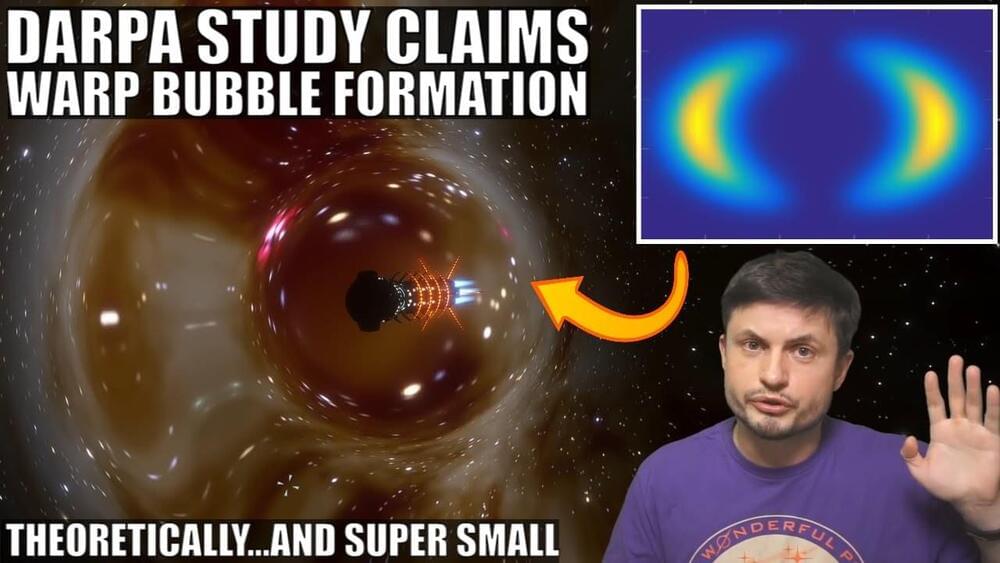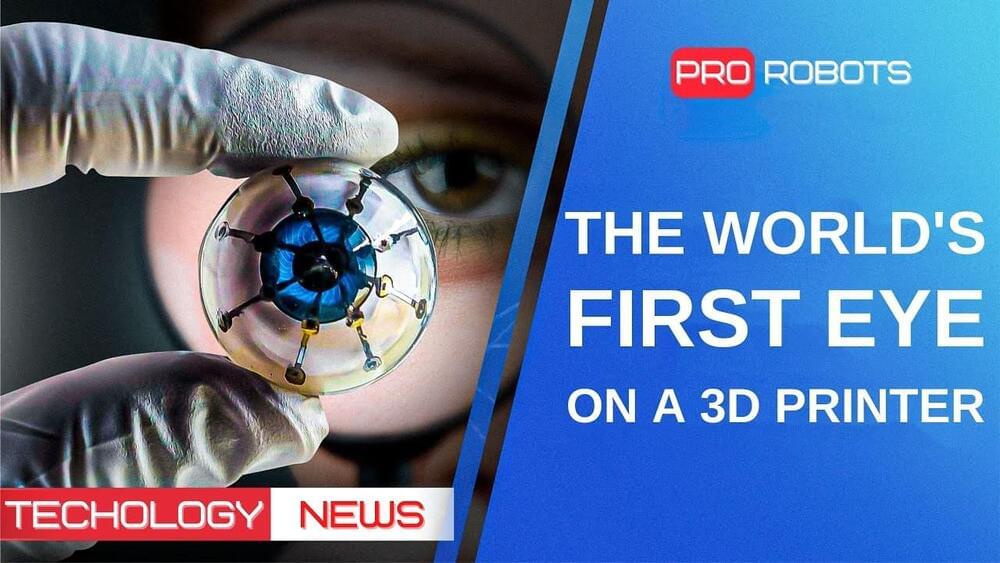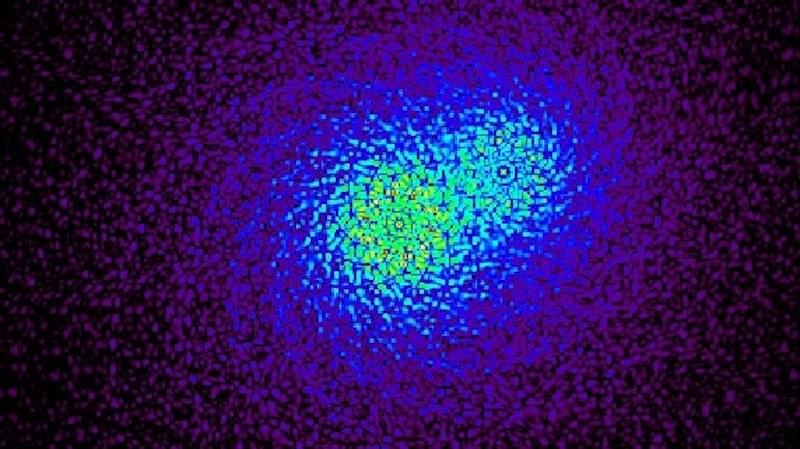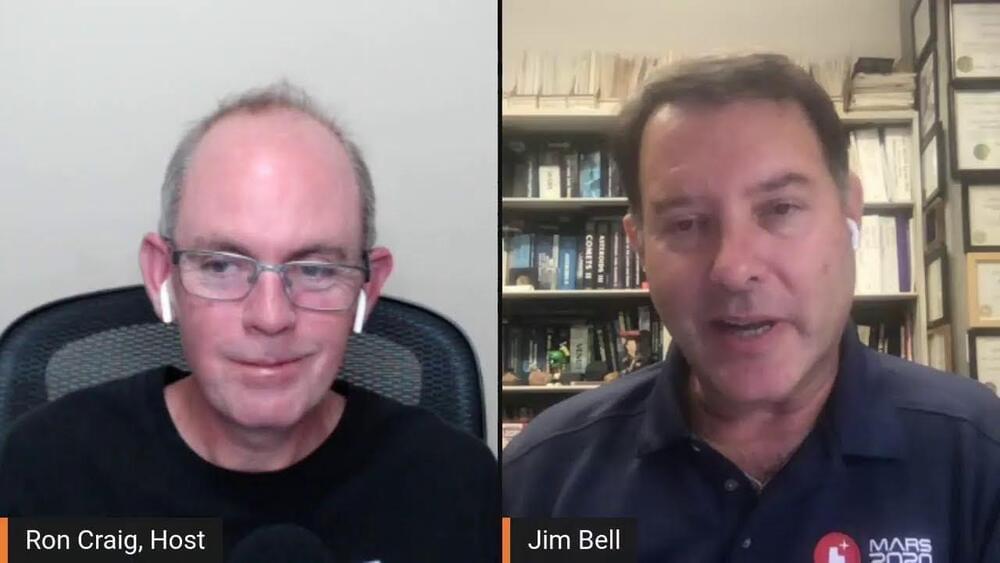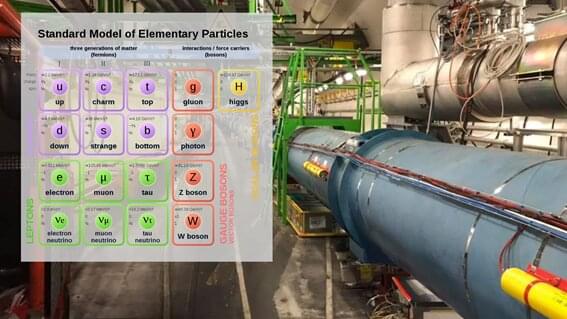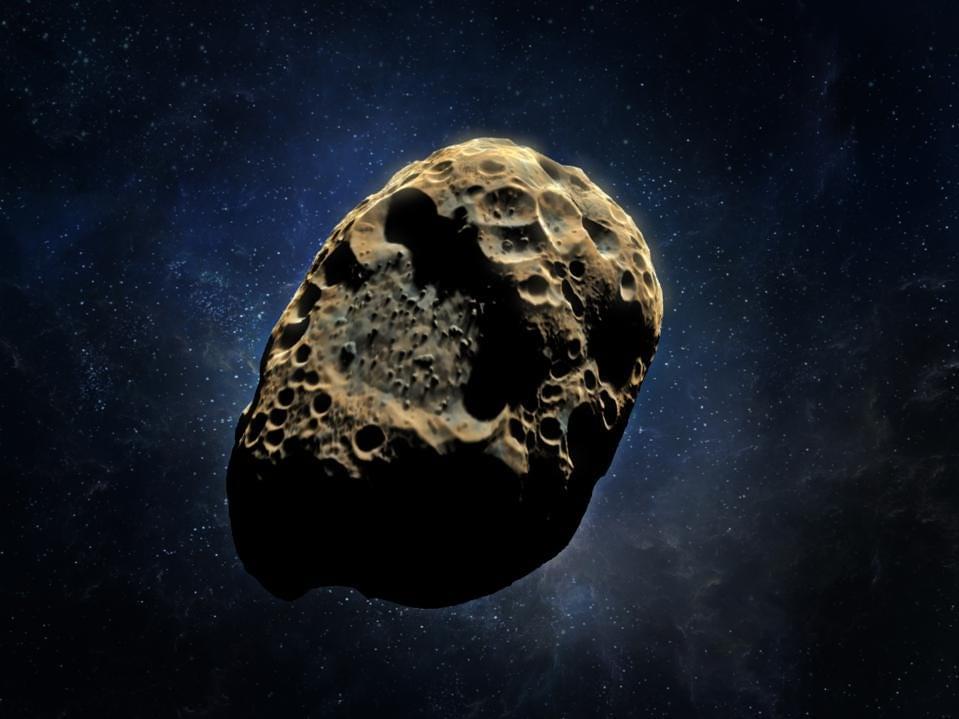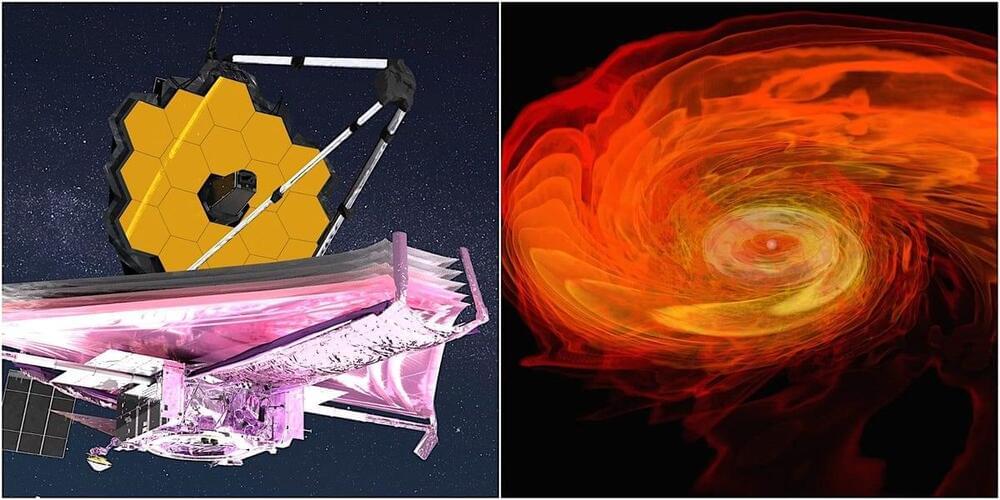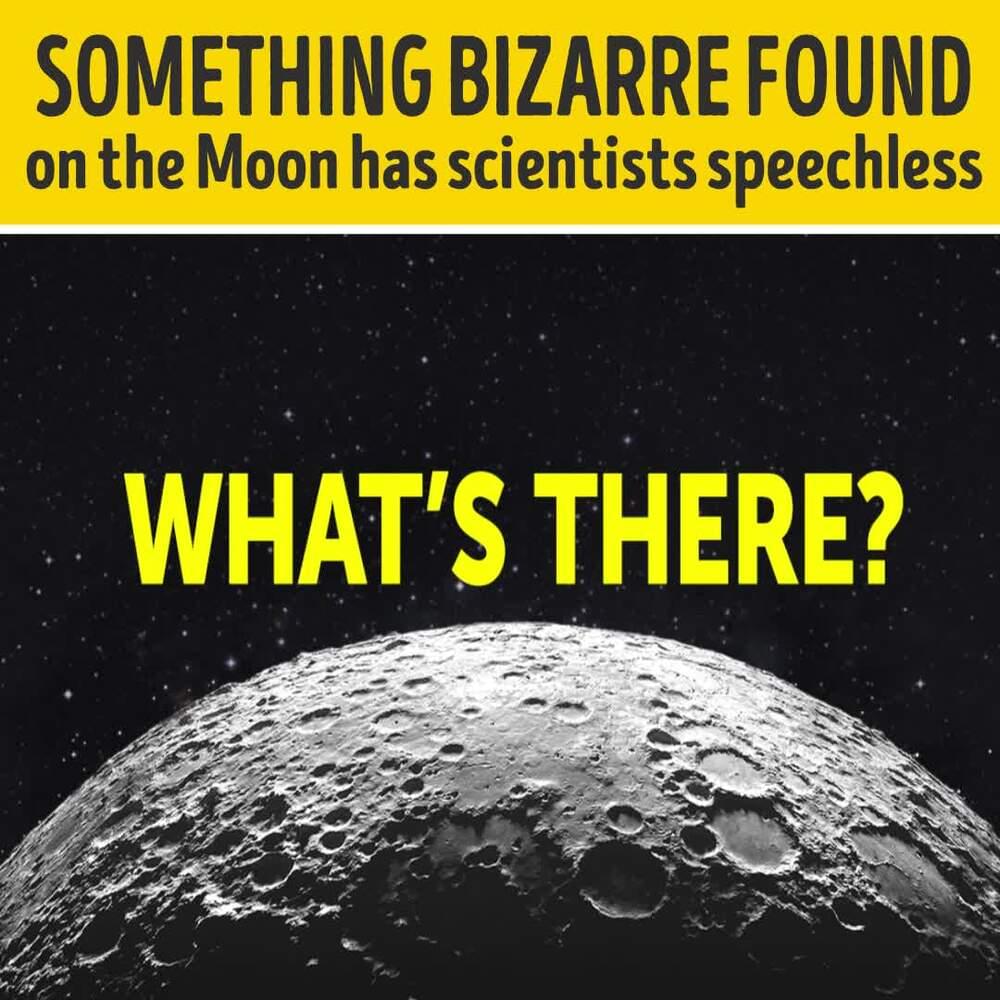Good telescope that I’ve used to learn the basics: https://amzn.to/35r1jAk.
Get a Wonderful Person shirt: https://teespring.com/stores/whatdamath.
Alternatively, PayPal donations can be sent here: http://paypal.me/whatdamath.
Hello and welcome! My name is Anton and in this video, we will talk about a new study that discusses how we could potentially create an actual (but tiny) warp bubble.
Links:
https://thedebrief.org/darpa-funded-researchers-accidentally-create-the-worlds-first-warp-bubble/?utm_sq=gx4kv63vzz&s=03
https://link.springer.com/content/pdf/10.1140/epjc/s10052-021-09484-z.
https://en.wikipedia.org/wiki/Alcubierre_drive.
Support this channel on Patreon to help me make this a full time job:
https://www.patreon.com/whatdamath.
Bitcoin/Ethereum to spare? Donate them here to help this channel grow!
bc1qnkl3nk0zt7w0xzrgur9pnkcduj7a3xxllcn7d4
or ETH: 0x60f088B10b03115405d313f964BeA93eF0Bd3DbF
Space Engine is available for free here: http://spaceengine.org.
Enjoy and please subscribe.
Twitter: https://twitter.com/WhatDaMath.
Facebook: https://www.facebook.com/whatdamath.
Twitch: http://www.twitch.tv/whatdamath.
